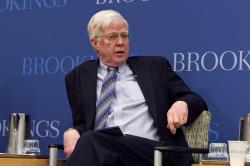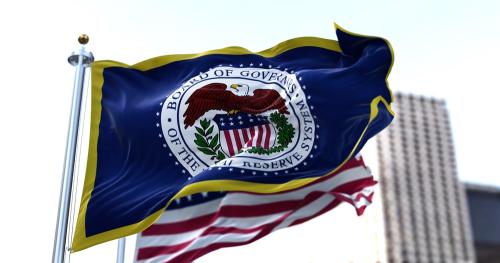The dramatic nature of the exchange rate collapses in Asia has greatly stimulated efforts to understand and control the forces that cause such crises. While currency crises are not new, those in Asia stand out both because of the severity of the economic dislocations and because they do not seem to fit the standard explanations. The Asian crises lack the clear evidence of distorted domestic macroeconomic conditions that were believed to be key to most past currency crises, yet they are among the most extreme in terms of the magnitude of exchange rate depreciation and output loss. Instead, the Asian vulnerability derived from microeconomic weaknesses in their domestic banking systems and extreme levels of exposure to exchange rate risk by those who borrowed in foreign markets. In this regard, the experience reinforces prior warnings of the dangers of removing controls on international capital flows in the presence of weak, or repressed, financial systems.
Second, the Asian crises have promoted an intensified discussion of the appropriate policy response to a crisis, both by the countries involved and by the International Monetary Fund. With capital account convertibility, the potential magnitude of sudden claims on a country’s foreign exchange reserves far exceeds the levels observed in earlier currency crises. Under such circumstances, how can countries effectively respond to a run on their currencies, and should the International Monetary Fund step in as a lender-of-last-resort? Can a lender-oflast- resort function be sustained at the international level in the absence of strong prudential supervision of financial institutions and markets without raising intolerable problems of moral hazard?
This paper has three parts. The first part examines the Asian crisis within the context of past research on the causes of exchange rate crises. The second part addresses some issues of the post-crisis response: what can the Asian countries learn from earlier experience to minimize the economic fallout from the exchange rate collapse. The third section examines the systemic issue of the appropriate international response to these crises, and the actions that individual countries can take to protect themselves.



